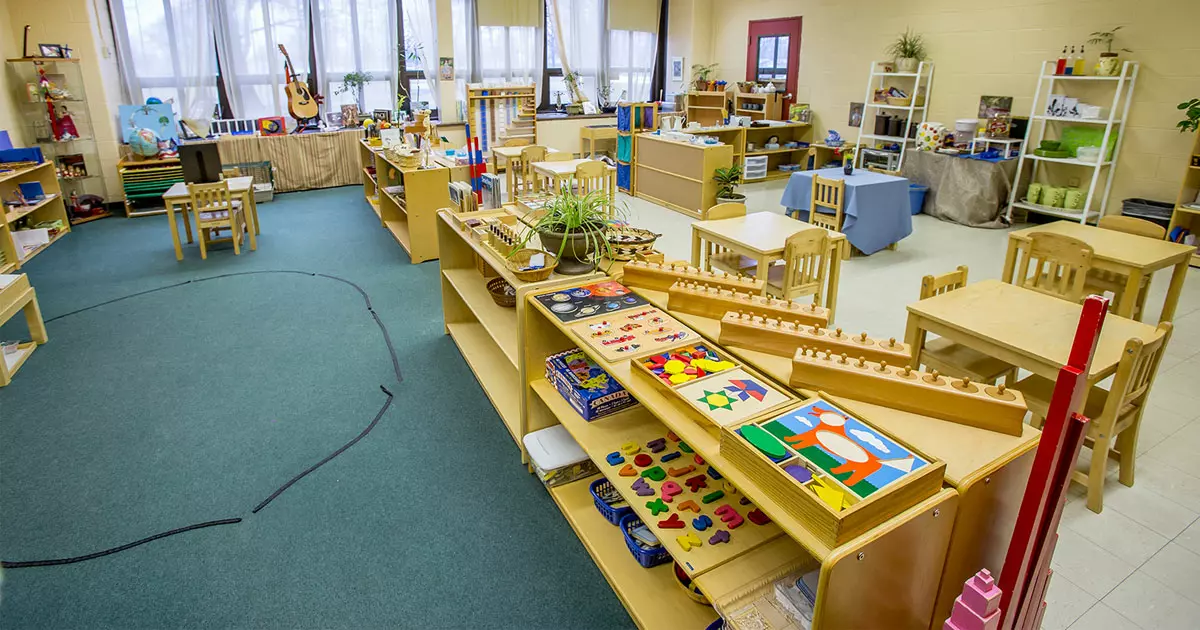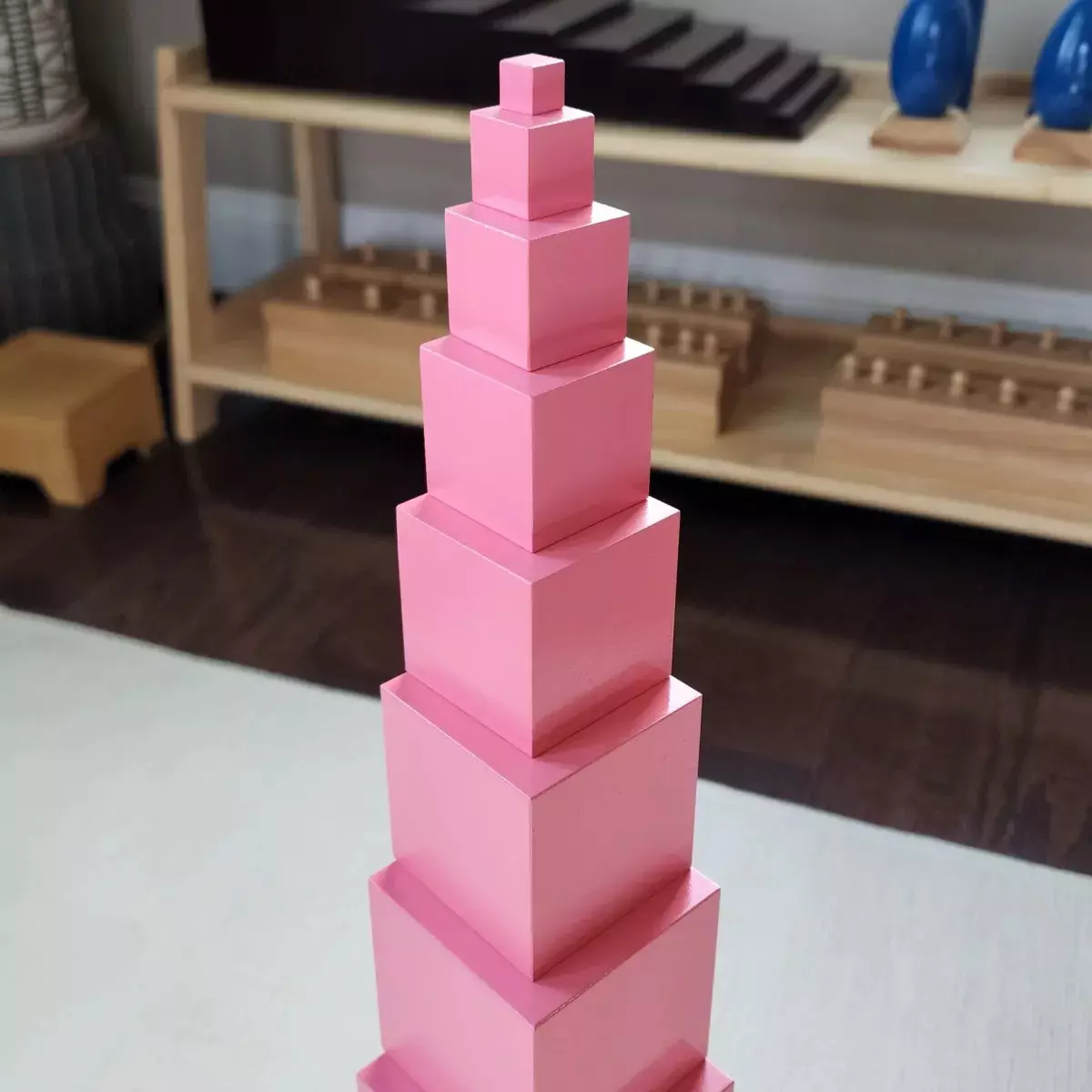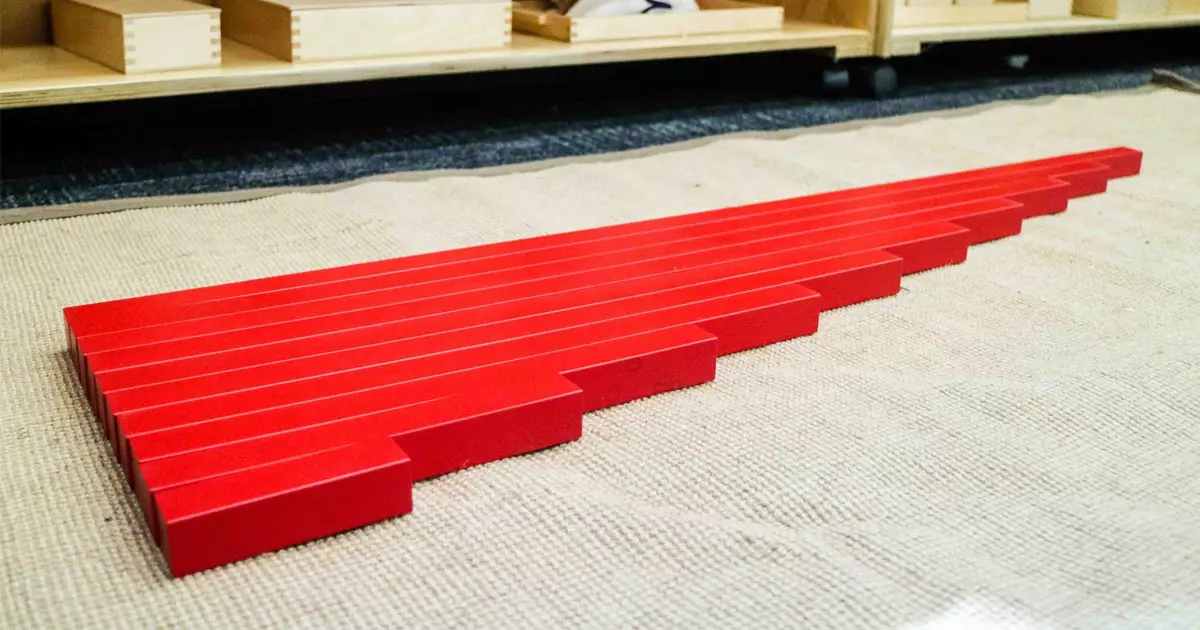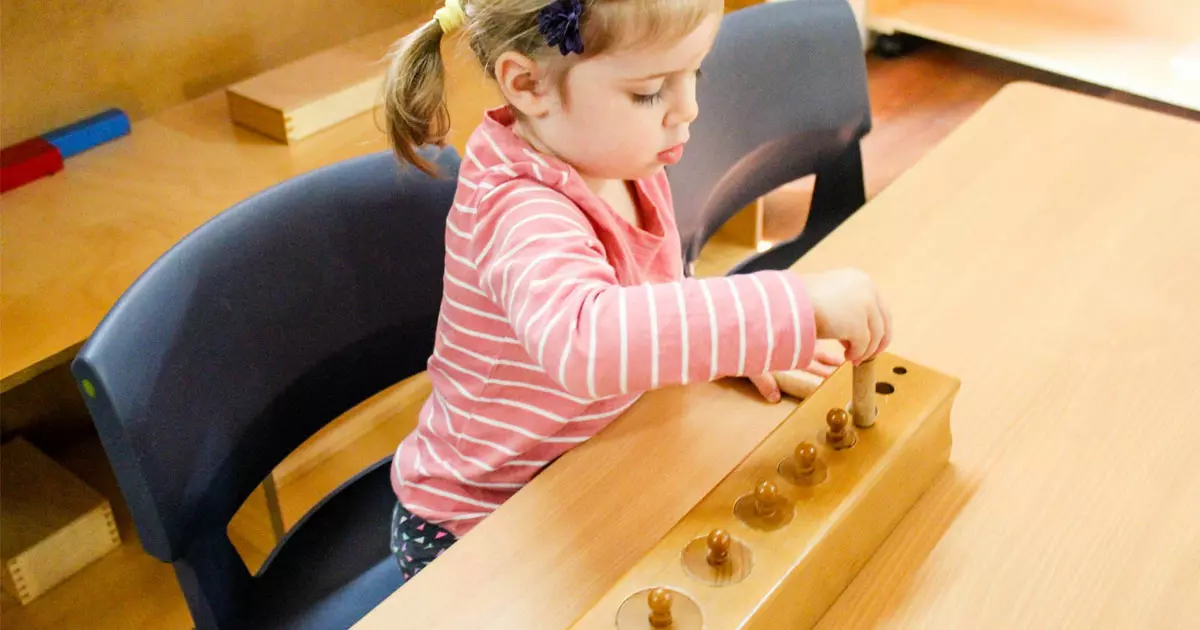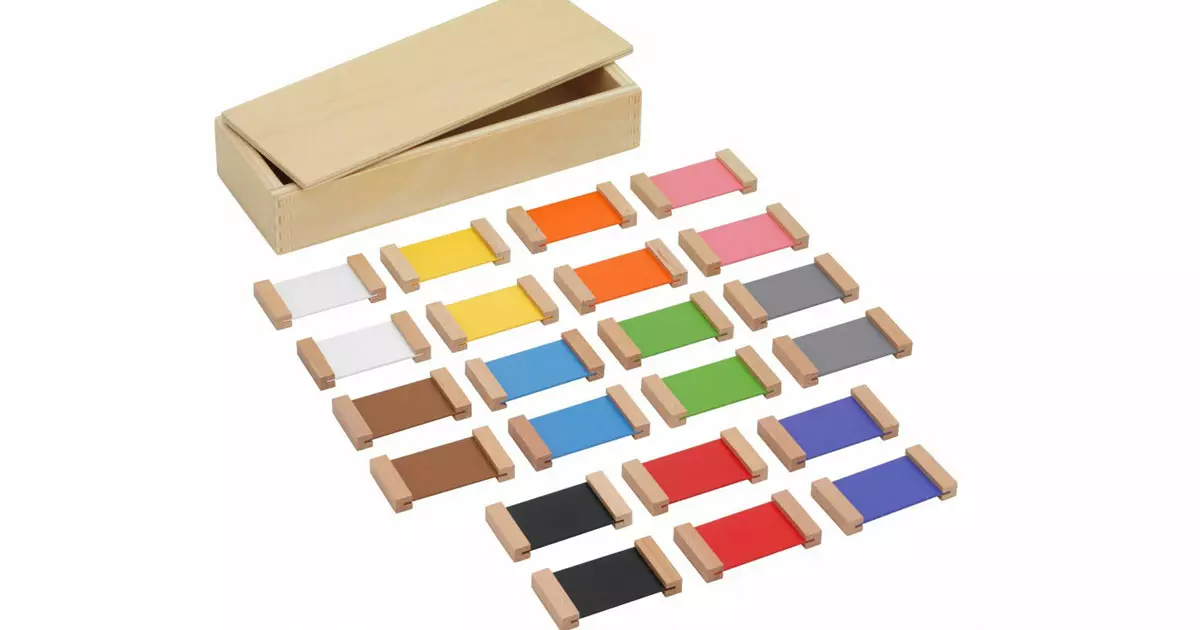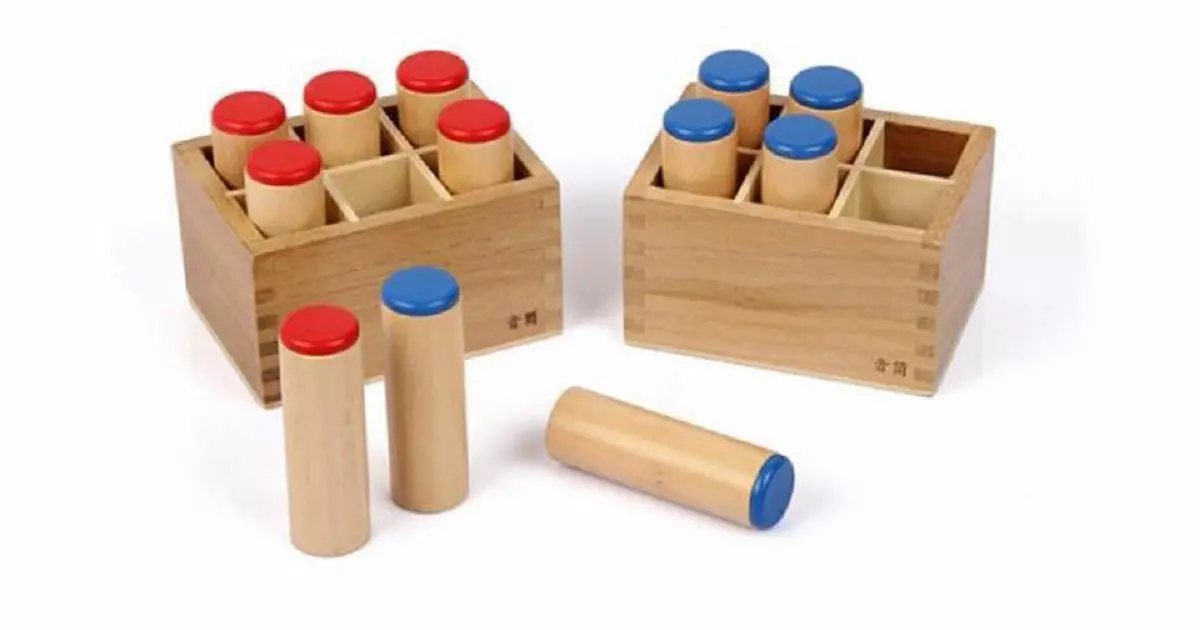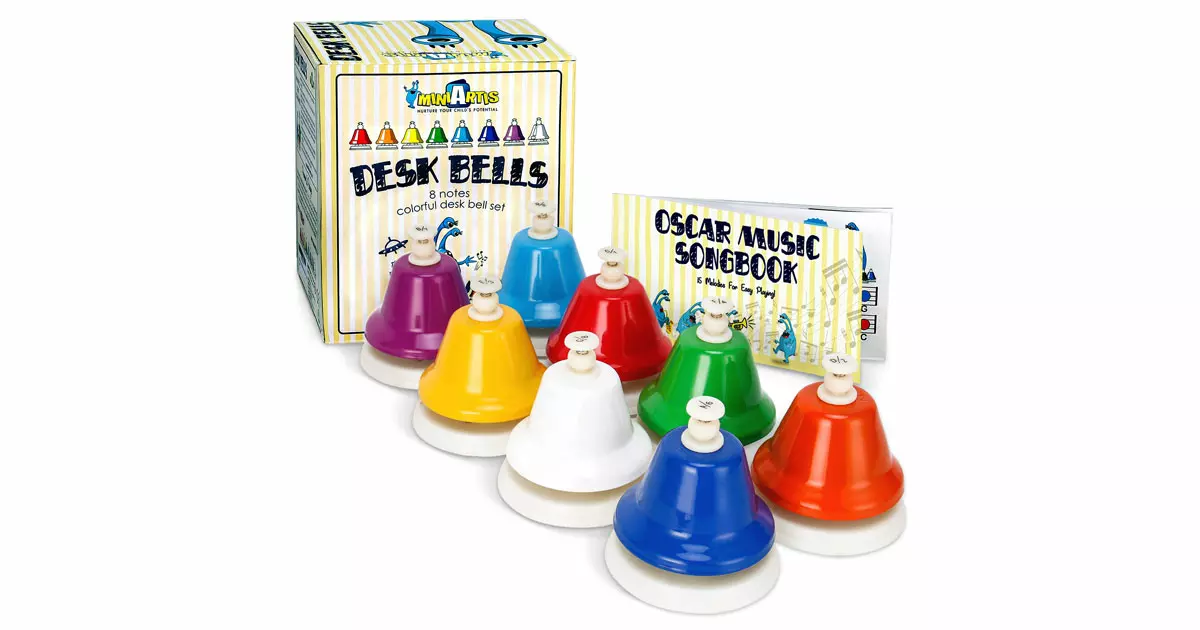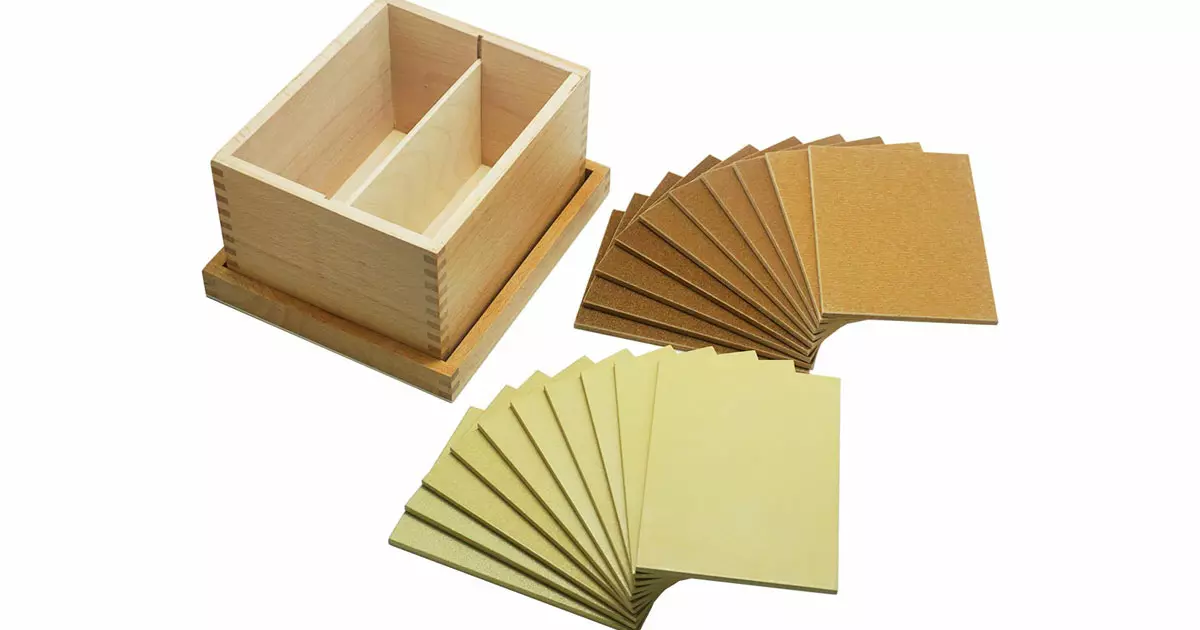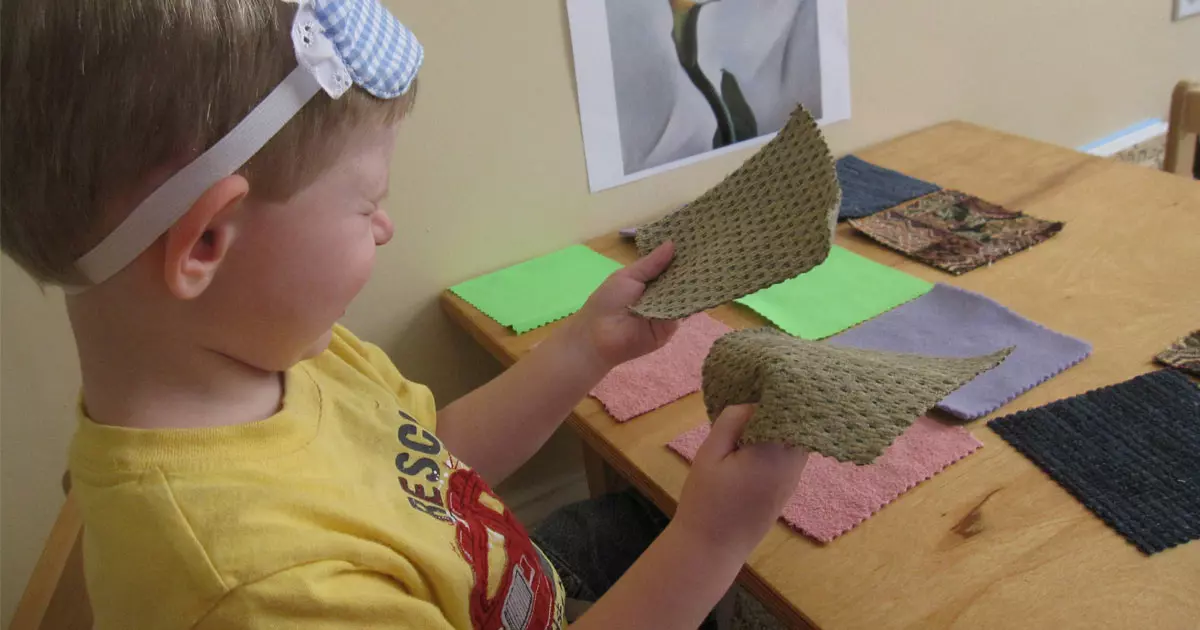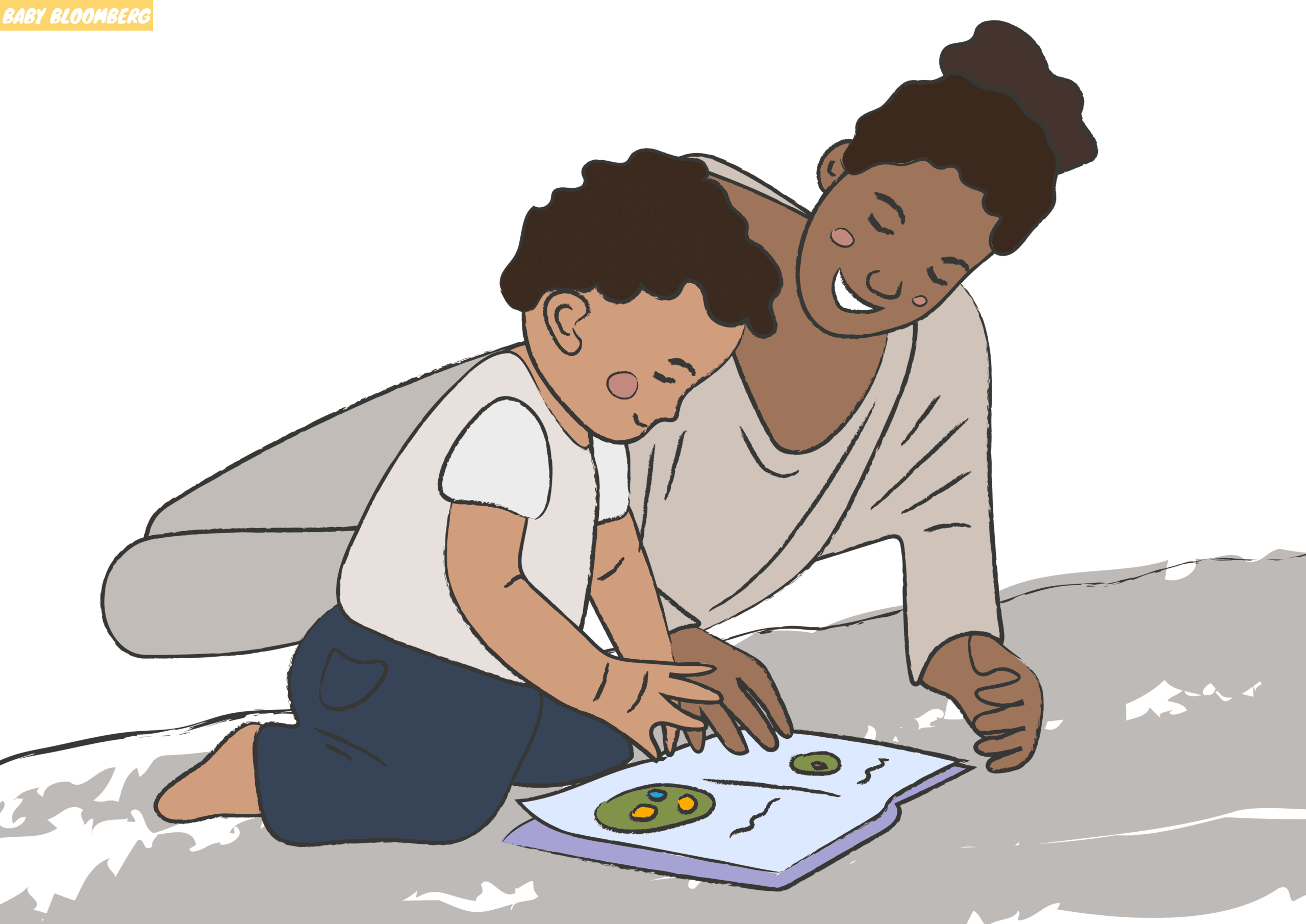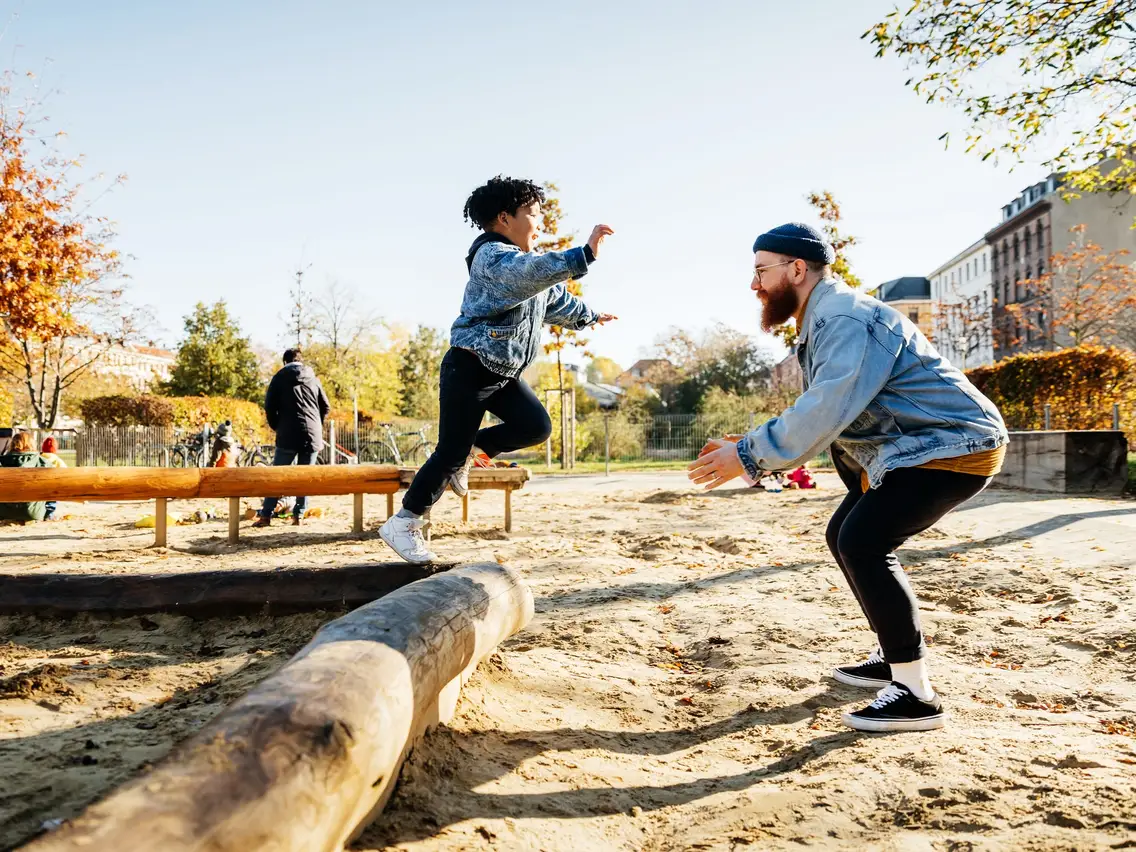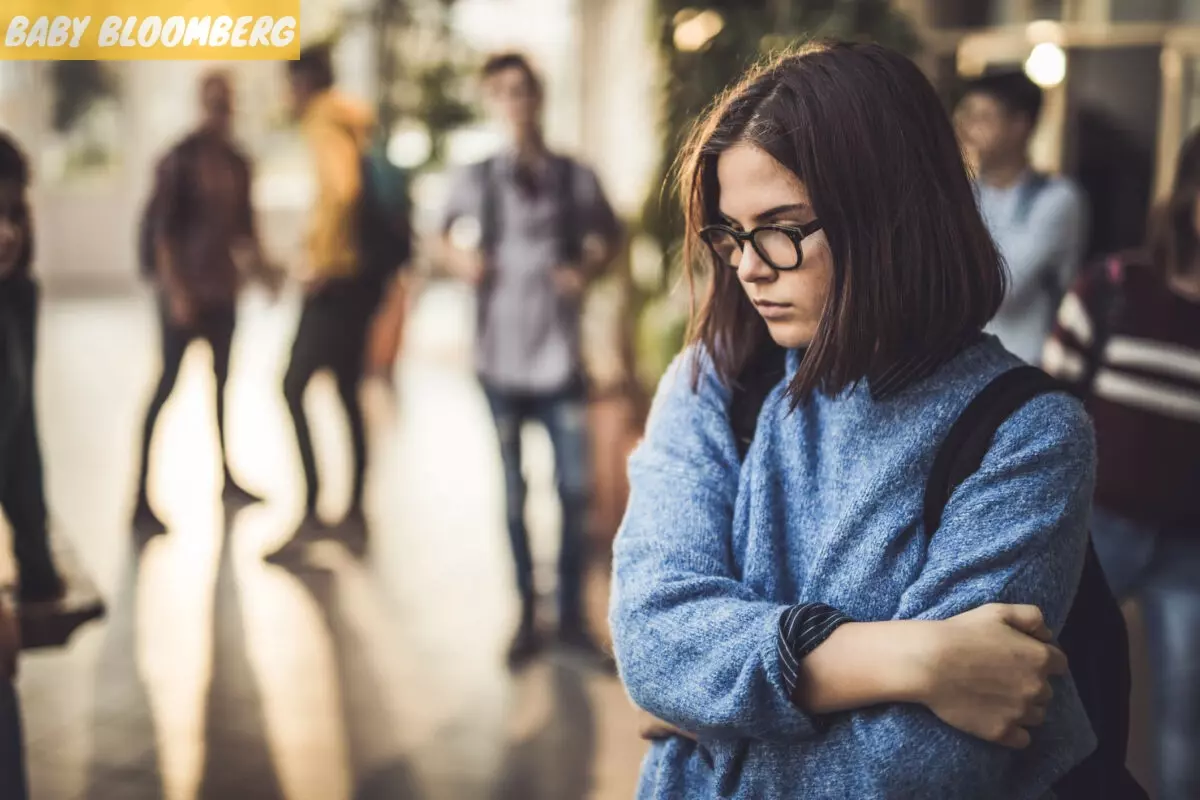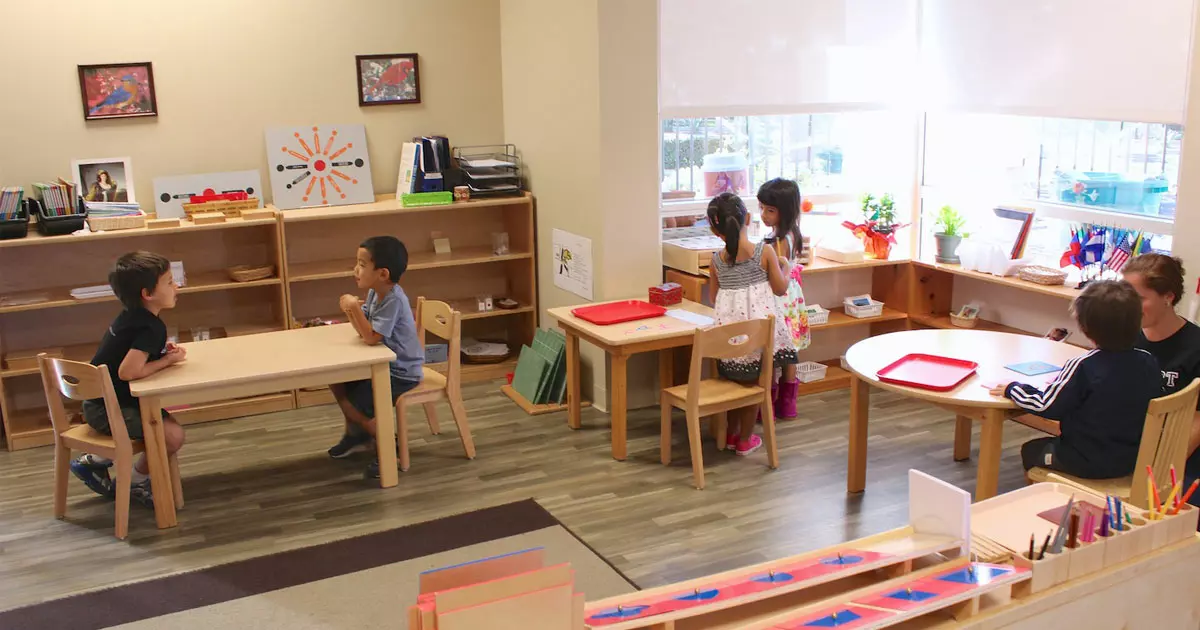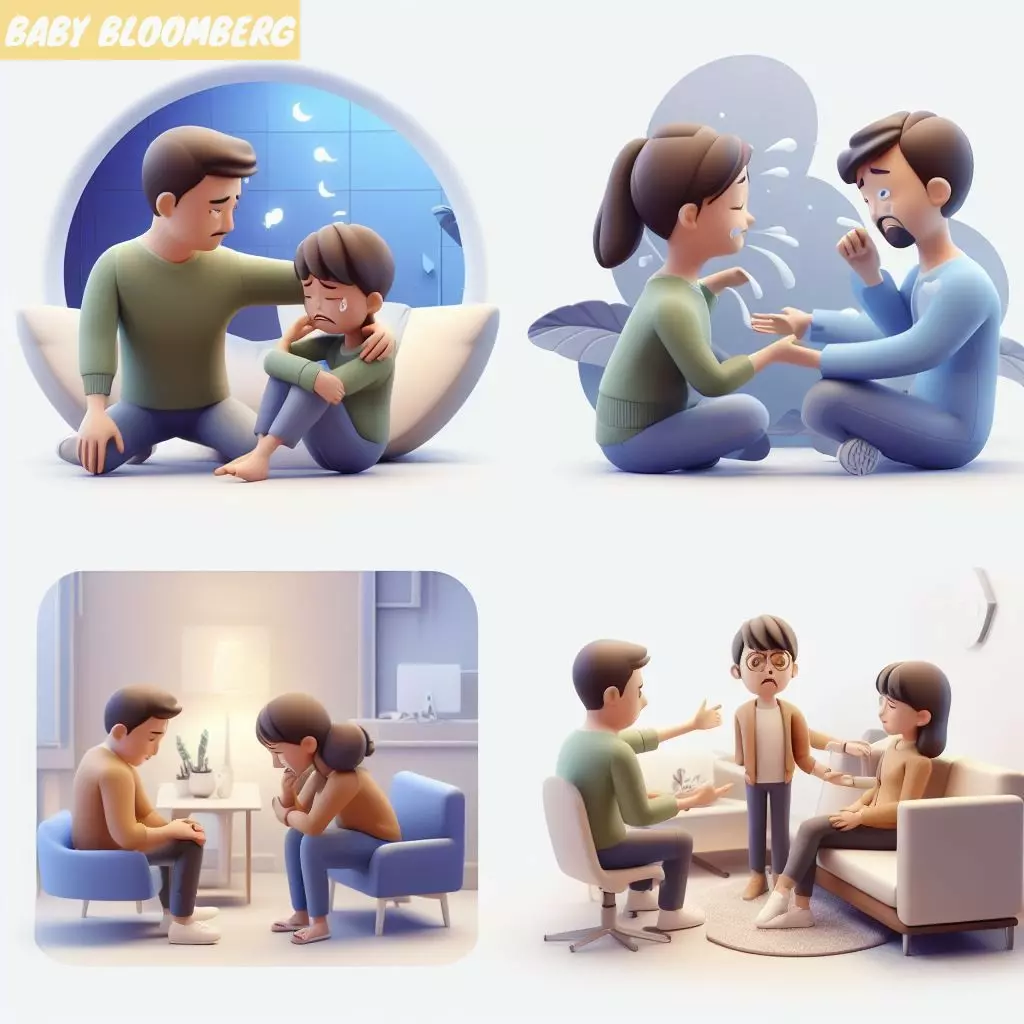Welcome to the world of Montessori education, where the development of a child’s senses is at the heart of the learning experience. In Montessori classrooms, sensorial education plays a crucial role in helping children understand and make sense of the world around them. Through a wide range of activities and materials, children are encouraged to explore and refine their senses, leading to a deeper understanding of their environment and the development of important skills such as discrimination, order, and logical thinking.
The Importance of Sensorial Education
Montessori believed that children are natural explorers, and their senses are their gateway to the world. From the day they are born, children start taking in information through their five senses – seeing, hearing, touching, tasting, and smelling. Sensorial education in Montessori provides children with opportunities to refine and expand their senses, allowing them to form a solid foundation for further learning.
1. The Role of Sensorial Experiences from Birth
From the moment a child is born, their senses are fully engaged in exploring and learning about the world. Sensorial experiences, such as feeling the warmth of a caregiver’s touch or hearing the sound of their voice, help children study their environment and make connections. These early experiences lay the foundation for further sensorial development and learning in Montessori classrooms.
2. Clarifying, Classifying, and Understanding the World
Sensorial education in Montessori aims to help children clarify, classify, and understand the world around them. By engaging in sensory activities, children obtain clear and precise information that helps them make sense of their surroundings. Through activities that focus on the refinement of each sense, children learn to organize and categorize the information they receive, leading to organized intelligence.
3. Developing Discrimination and Order
One of the key benefits of sensorial education in Montessori is the development of discrimination and order. Through activities with materials such as the Pink Tower, Red Rods, Knobbed Cylinders, and Color Tablets, children learn to differentiate and categorize objects based on their various attributes. This leads to the development of a logical and ordered mind, allowing children to make sense of their environment and the objects within it.
4. Broadening and Refining the Senses
Sensorial activities in Montessori learning help children broaden and refine their senses, leading to increased perceptual abilities. For example, activities such as Sound Cylinders, Bells, Touch Tablets, and Fabric Feel help children develop their auditory and tactile senses. By engaging with these materials, children become more attentive to the details and nuances of the sensory stimuli they encounter.
5. Making Children More Logical, Perceptive, and Aware
Sensorial education in Montessori promotes the development of logical thinking, perceptual abilities, and awareness in children. Through the exploration of the senses, children enhance their cognitive abilities and become more sensitive to the subtle differences in the world around them. This heightened awareness allows children to make more accurate observations, develop critical thinking skills, and understand the interconnectedness of their surroundings.
Montessori Materials for Sensorial Education
Montessori classrooms are equipped with a wide range of materials specifically designed to enhance and stimulate the senses. These materials serve as a bridge between the child’s innate ability to explore the world and the development of higher-order cognitive skills. Let’s explore some of the key materials used in sensorial education:
1. The Pink Tower
The Pink Tower is a set of ten wooden cubes, each varying in size. This material helps children develop visual discrimination skills, as they learn to arrange the cubes in order from largest to smallest. By manipulating the cubes and observing the differences in sizes, children refine their sense of size and learn to make precise comparisons.
2. The Red Rods
The Red Rods consist of ten wooden rods, each varying in length but all the same thickness. This material helps children refine their sense of length and develop visual discrimination and coordination skills. By arranging the rods from shortest to longest, children learn to make accurate comparisons and develop an understanding of spatial relationships.
3. Knobbed Cylinders
Knobbed Cylinders are a set of wooden blocks with cylindrical shapes, each varying in height and diameter. By inserting the blocks into the corresponding holes in a wooden board, children refine their sense of size, shape, and depth perception. This material also helps children develop fine motor skills and hand-eye coordination.
4. Color Tablets
Color Tablets are a set of wooden tablets, each varying in shade of color. By sorting and matching the tablets based on their hues, children refine their visual discrimination skills and develop an understanding of color gradients. This material also fosters an appreciation for aesthetics and creativity.
5. Sound Cylinders
Sound Cylinders consist of a set of containers, each filled with different materials that produce distinct sounds when shaken. By matching the sounds, children develop auditory discrimination skills and learn to differentiate between pitch, volume, and tone. This material also helps children sharpen their listening skills and auditory perception.
6. Bells
Bells are a set of musical instruments that produce different tones when struck. By exploring and playing the bells, children refine their auditory discrimination skills and develop an appreciation for music. This material also promotes hand-eye coordination and fine motor skills.
7. Touch Tablets
Touch Tablets consist of a set of wooden tablets, each covered with a different material such as sandpaper, velvet, or wood grain. By touching and comparing the textures, children refine their tactile discrimination skills and develop a heightened sense of touch. This material also helps children develop fine motor skills and hand-eye coordination.
8. Fabric Feel
Fabric Feel is a material that introduces children to different types of fabric, such as silk, cotton, and wool. By exploring and feeling the textures of the fabrics, children refine their tactile discrimination skills and learn to differentiate between different types of materials. This material also promotes creativity and sensory exploration.
Sensorial Learning: A Whole-Child Approach
Sensorial education is deeply integrated into all areas of study in Montessori classrooms. It is considered an essential component of the whole-child approach to education, which emphasizes the holistic development of a child’s physical, emotional, social, and intellectual abilities. By engaging in sensory activities, children not only enhance their perceptual and cognitive skills but also develop important life skills such as focus, concentration, and self-discipline.
Frequently Asked Questions
Q: How does sensorial education benefit children in their future learning?
Sensorial education lays the foundation for further learning by helping children develop important skills such as discrimination, order, and logical thinking. These skills are transferable to various academic subjects and enable children to approach new challenges with confidence and curiosity.
Q: Can sensorial education be incorporated into home-based learning environments?
Yes, sensorial education principles can be applied in home-based learning environments. Parents can provide opportunities for their children to engage in sensory activities such as exploring nature, cooking, and playing with sensory toys. By creating a rich sensory environment, parents can support their child’s overall development.
Q: How does sensorial education contribute to a child’s social and emotional development?
Sensorial education helps children develop a heightened awareness of their environment and their own emotions. By engaging with sensory materials and activities, children learn to regulate their emotions, express themselves creatively, and develop empathy towards others.
Q: Are there any specific guidelines for implementing sensorial education in Montessori classrooms?
Montessori educators follow a set of guidelines when implementing sensorial education in their classrooms. These guidelines include providing a prepared environment with carefully selected and organized materials, observing each child’s individual sensory preferences, and giving children the freedom to explore and learn at their own pace.
Q: Can sensorial education benefit children with special needs?
Yes, sensorial education can benefit children with special needs by providing them with a structured and engaging learning environment. The hands-on nature of sensorial materials allows children to explore and learn in ways that cater to their unique sensory preferences and abilities.
Q: What is the role of the Montessori teacher in facilitating sensorial education?
The role of the Montessori teacher in facilitating sensorial education is to provide a prepared environment that supports children’s sensory exploration and learning. The teacher observes each child’s progress, guides their interactions with materials, and provides individualized guidance and support when needed.
Sensorial education is a vital component of the Montessori curriculum, designed to develop a child’s senses and foster a deep understanding of the world. By engaging in sensorial activities and working with specialized materials, children refine their senses, enhance their perceptual skills, and develop important cognitive abilities. Whether in a classroom or a home-based learning environment, sensorial education provides children with a solid foundation for future learning and empowers them to become active participants in their own education. So let’s embrace the power of sensory experiences and unlock the full potential of our children’s senses!


